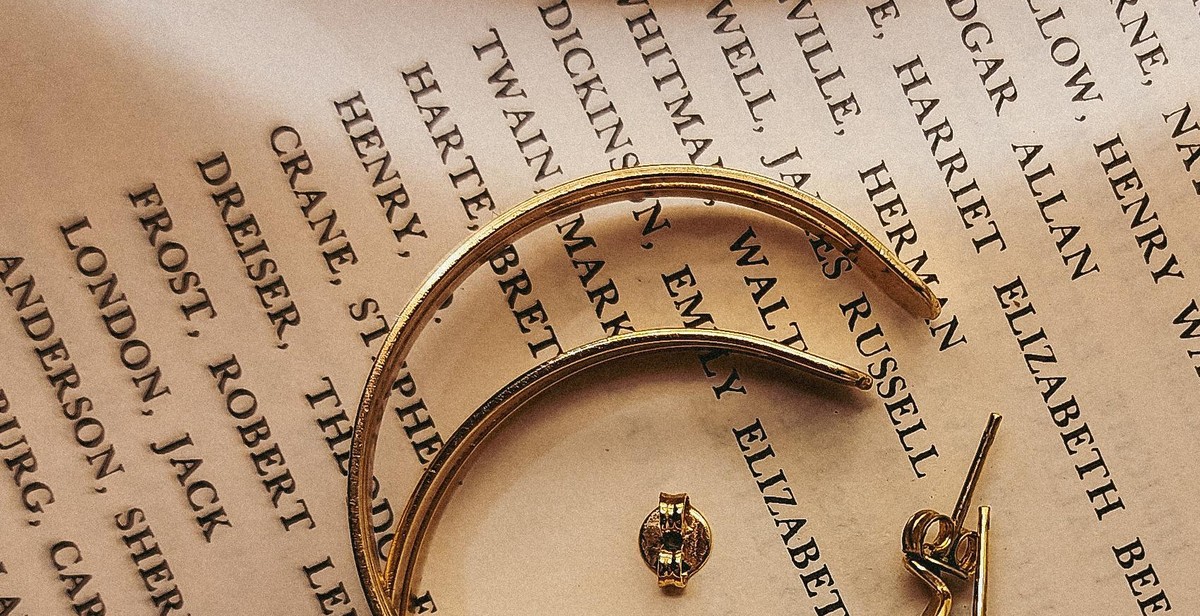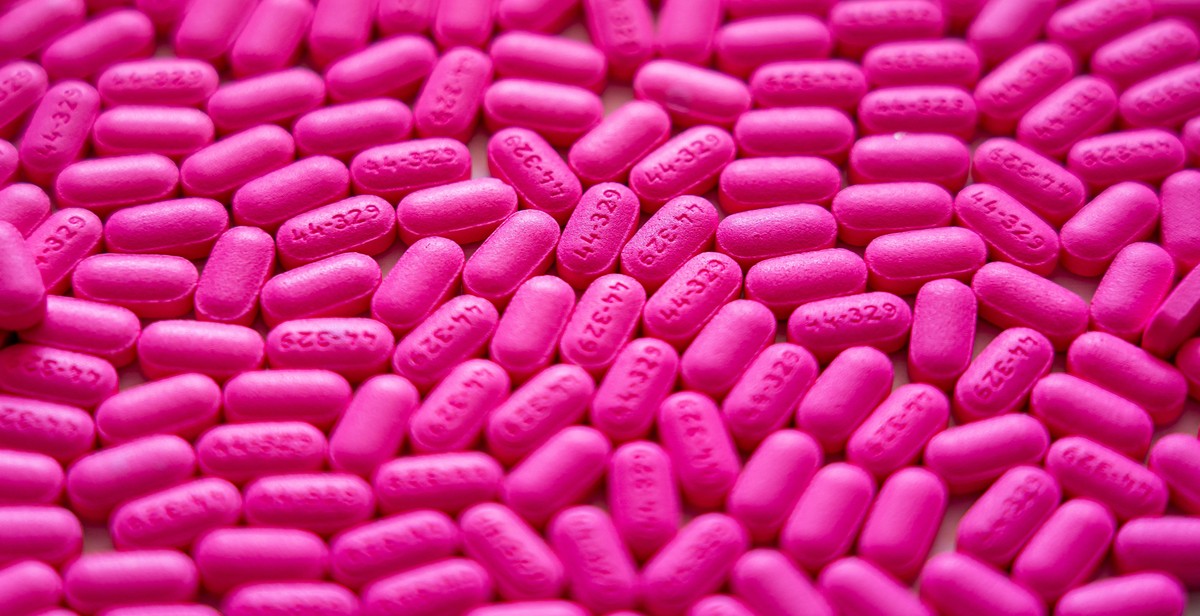Why Does My Finger Turn Green? Understanding Jewelry Allergies and Reactions
As a jewelry lover, you may have experienced an uncomfortable reaction when wearing your favorite piece. Your finger turns green, itchy rashes appear, or your skin becomes inflamed. These symptoms are common signs of jewelry allergies and reactions.
Jewelry allergy, also known as contact dermatitis, is a skin reaction caused by prolonged exposure to certain metals, chemicals, and other materials commonly found in jewelry. The reaction occurs when the skin comes into contact with the irritant or allergen, causing an immune response that leads to various symptoms.
Common Causes of Jewelry Allergies
Some of the most common metals and materials that cause jewelry allergies include:
- Nickel
- Copper
- Brass
- Zinc
- Lead
- Gold
- Silver
- Platinum
- Rubber
- Latex
- Formaldehyde
- Perfumes
- Dyes
It’s important to note that even some hypoallergenic metals like titanium and stainless steel may cause reactions in some people.
Symptoms of Jewelry Allergies
The symptoms of jewelry allergies can vary depending on the severity of the reaction, but some common signs include:
- Redness and inflammation
- Itching and burning
- Blisters and bumps
- Dry, scaly patches of skin
- Discoloration or darkening of the skin, particularly with copper or brass jewelry
Understanding the causes and symptoms of jewelry allergies can help you take steps to prevent and treat reactions. In the following sections, we’ll explore some of the best ways to avoid jewelry allergies and what to do if you experience a reaction.

Causes of Jewelry Allergies
Jewelry allergies are relatively common and can be caused by a variety of factors. Some of the most common causes of jewelry allergies include:
Nickel Allergy
Nickel is a common metal used in jewelry, but it is also one of the most common causes of jewelry allergies. In fact, nickel allergies affect around 10-20% of the population. Symptoms of a nickel allergy include redness, itching, and swelling around the area where the jewelry is worn. In severe cases, a nickel allergy can cause blistering and oozing of the skin.
Copper Allergy
Copper is another metal that is commonly used in jewelry. While it is not as common as nickel allergies, copper allergies can still occur. Symptoms of a copper allergy may include redness, itching, and swelling. In some cases, a copper allergy can also cause a rash or hives.
Gold Allergy
While gold is generally considered to be hypoallergenic, some people may still have an allergy to it. Symptoms of a gold allergy can include redness, itching, and swelling. In rare cases, a gold allergy can also cause a rash or hives.
Other Metals
Other metals that are commonly used in jewelry, such as silver and platinum, are generally considered to be hypoallergenic. However, some people may still have an allergy to these metals. Symptoms of an allergy to other metals may include redness, itching, and swelling.
| Allergen | Symptoms |
|---|---|
| Nickel | Redness, itching, swelling, blistering |
| Copper | Redness, itching, swelling, rash, hives |
| Gold | Redness, itching, swelling, rash, hives |
| Other Metals | Redness, itching, swelling |

Symptoms of Jewelry Allergies
If you wear jewelry regularly, you may have experienced an allergic reaction to it at some point. Jewelry allergies can cause various symptoms, including:
Skin Irritation
One of the most common symptoms of jewelry allergies is skin irritation. This can occur in the area where the jewelry is worn, and it may manifest as itching, burning, or stinging sensations. Skin irritation can also cause dryness or flakiness of the skin.
Redness and Swelling
Another common symptom of jewelry allergies is redness and swelling around the area where the jewelry is worn. This can occur within minutes or hours of wearing the jewelry, and it may be accompanied by a sensation of warmth or tenderness.
Blisters and Rashes
In some cases, jewelry allergies can cause blisters and rashes to appear on the skin. These may be small or large, and they can be very itchy or painful. Blisters and rashes can also spread to other areas of the body if the jewelry is worn for an extended period.
If you experience any of these symptoms after wearing jewelry, it is essential to remove the jewelry and seek medical attention if necessary. A healthcare professional can diagnose a jewelry allergy and recommend appropriate treatment to alleviate your symptoms.

Preventing Jewelry Allergies
Jewelry allergies can be uncomfortable and frustrating. Fortunately, there are several ways to prevent them from occurring:
Choose Hypoallergenic Jewelry
One of the best ways to prevent jewelry allergies is to choose hypoallergenic jewelry. Hypoallergenic jewelry is made with materials that are less likely to cause an allergic reaction. Some common hypoallergenic materials include:
- Titanium
- Stainless steel
- Platinum
- Gold (14k or higher)
- Sterling silver
When shopping for jewelry, look for pieces that are labeled as hypoallergenic. This will help you avoid materials that are known to cause allergic reactions.
Coating Your Jewelry
If you have a piece of jewelry that you love but it’s not made with hypoallergenic materials, you can still wear it by coating it with a protective layer. There are several products on the market that can be used to coat jewelry, including clear nail polish and jewelry sealant. These products create a barrier between your skin and the metal, reducing the risk of an allergic reaction.
Clean Your Jewelry Regularly
Another way to prevent jewelry allergies is to keep your jewelry clean. Dirt, sweat, and other debris can accumulate on your jewelry, creating a breeding ground for bacteria. This can lead to skin irritation and allergic reactions. To keep your jewelry clean, wipe it down regularly with a soft cloth. You can also use a mild soap and warm water to clean your jewelry, but be sure to rinse it thoroughly and dry it completely before wearing it again.
| Preventing Jewelry Allergies |
|---|
| Choose hypoallergenic jewelry |
| Coat your jewelry with a protective layer |
| Clean your jewelry regularly |

Treating Jewelry Allergies
Once you have identified that you have a jewelry allergy, it is important to take prompt action to treat the affected area. There are several steps you can take to alleviate the symptoms of a jewelry allergy:
Remove the Jewelry
The first step is to remove the offending piece of jewelry from the affected area. This will help to prevent further irritation and allow the skin to begin to heal. If the jewelry is difficult to remove, try using a bit of petroleum jelly or soap to help slide it off the skin.
Clean the Affected Area
Once you have removed the jewelry, clean the affected area thoroughly with soap and water. This will help to remove any residual allergens and prevent further irritation. Be sure to pat the area dry with a clean towel, rather than rubbing it, as this can cause further irritation.
Use Over-the-Counter Treatments
There are several over-the-counter treatments available that can help to alleviate the symptoms of a jewelry allergy. Antihistamines can be taken orally to help reduce itching and swelling, while topical corticosteroids can be applied directly to the affected area to reduce inflammation. Calamine lotion can also be used to soothe itching and prevent further irritation.
- Remove the jewelry from the affected area to prevent further irritation.
- Clean the affected area with soap and water.
- Use over-the-counter treatments such as antihistamines, topical corticosteroids, and calamine lotion to alleviate symptoms.

Conclusion
Understanding jewelry allergies and reactions is crucial for anyone who loves wearing jewelry. The greenish discoloration that appears on your skin after wearing certain jewelry pieces can be unpleasant and uncomfortable. However, it is essential to note that not all jewelry pieces can cause skin reactions. Different people have different skin sensitivities, and what works for one person may not work for another.
Tips to Avoid Jewelry Allergies and Reactions
- Choose jewelry items made of hypoallergenic materials like surgical grade stainless steel, titanium, or gold.
- Avoid wearing jewelry when sweating, showering, or swimming as moisture can cause skin irritation.
- Apply a thin layer of clear nail polish to the part of the jewelry that comes into contact with your skin.
- Clean your jewelry regularly to prevent the buildup of bacteria and dirt that can cause skin reactions.
Final Thoughts
Jewelry is an essential part of our lives, and we want to enjoy wearing it without experiencing any discomfort or skin reactions. By understanding the causes of jewelry allergies and reactions and taking the necessary precautions, you can enjoy wearing your favorite jewelry pieces without any worries. If you experience severe skin reactions, it is best to seek medical advice from a dermatologist.
 |
 |
|
Wearing jewelry is fun and exciting, but it’s important to take the necessary precautions to avoid skin reactions. |
Choosing hypoallergenic materials like surgical grade stainless steel or titanium can reduce the risk of skin reactions. |

